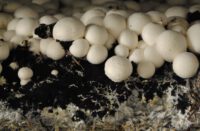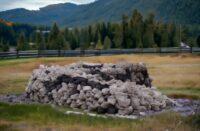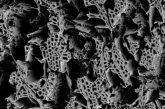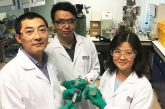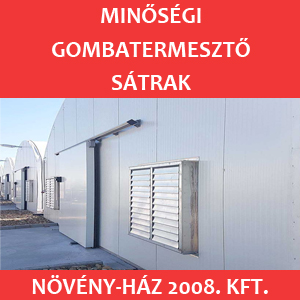Scientists have devised a method to create fuel for aircraft using a black fungus. The fungus is commonly found in decaying leaves and vegetation. The biofuel is predicted to be economically viable within five years.
The fungus that is central to the development is called Aspergillus carbonarius (coded ITEM 5010). The fungus has been used to produce hydrocarbons. These form the basis petroleum, and the type produced is suitable as an aviation fuel. Biofuels are big business especially in relation to the predicted scarcity of fossil fuels and the relative costs. Biofuels include fuels manufactured from biomass conversion (such as plant matter.)
To generate the hydrocarbons the fungus digested oatmeal, wheat straw and the non-edible leftovers from corn production. The fungus did so by producing an enzyme that is capable of converting biomass to sugars. To achieve this took many test experiments due to the complexities of fungal biology, going down to the molecular level.
The researcher group led by Birgitte Ahring, who said: “using fungi for hydrocarbon and biofuels production is better than other methods because they do the work themselves, bypassing multiple complicated chemical processes required by other biofuel production methods. Fungi also have great potential to create the fuel at low cost.”
The researchers are now working to optimize the fungi’s hydrocarbon production and improve biochemical pathways through genetic engineering. They have obtained mutants with a higher production level and are working on improving these strains.
The study was led by scientists based at Washington State University. The research has been published in the journal Fungal Biology. The research paper is titled “Production of hydrocarbons by Aspergillus carbonarius ITEM 5010.”
Source: Digital Journal



